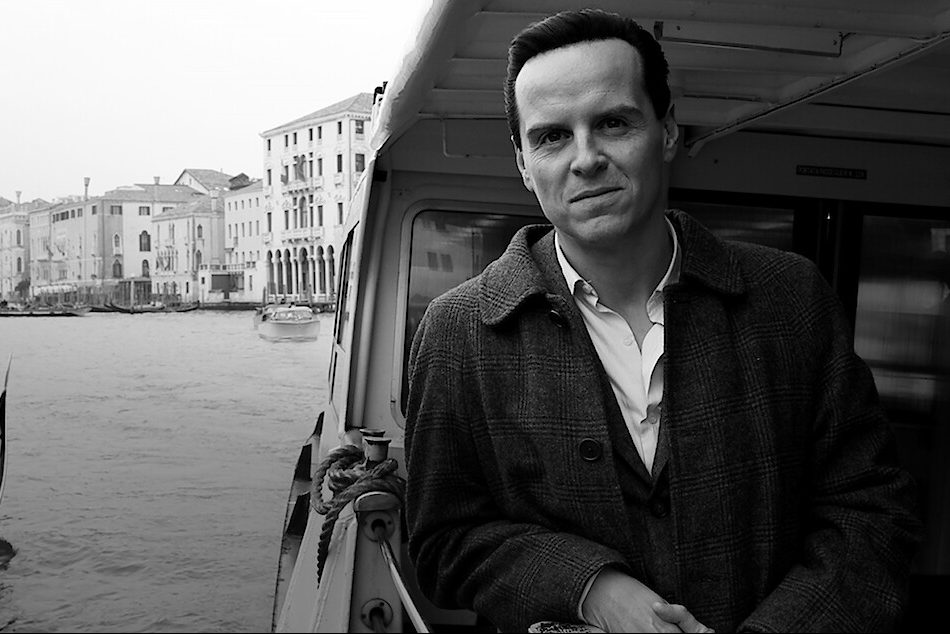
MICHELLE POTTER writes in praise of the remarkable rise of Queensland Ballet, outraged the company isn’t better funded by the federal government.
“MY heart was pounding,” a colleague said to me late last year at the gala event following the Canberra opening of Queensland Ballet’s “A Midsummer Night’s Dream”.
The pounding heart arose as a result of the speech made by Li Cunxin, now retired but then artistic director of Queensland Ballet. Li is widely known for his autobiography “Mao’s Last Dancer” written in 2003 and made into a film in 2009 by director Bruce Beresford. But since 2013 Li has led Queensland Ballet and has transformed it from a small regional company into one that is world class.
In his speech Li acknowledged the role the Canberra Theatre had played in hosting Queensland Ballet three times in the recent past, and spoke about the significance of the proposed new theatre space for Canberra.
But without hesitation he seized the opportunity to address another important issue – federal government funding for Queensland Ballet, which he said was minimal compared to funding for other major dance companies in Australia. Here was the reason for my colleague’s pounding heart: dance and politics, with funding involved.
With 48 dancers – double the number before Li’s directorship – and with a constantly growing support staff, Queensland Ballet is now the second largest ballet company in Australia. But it receives the least amount of federal funding of all the major companies.
In 2022 just 2.8 per cent of Queensland Ballet’s funding came from federal sources with 42 per cent coming from philanthropic sources.
Watching Li and his faculty teach and rehearse Queensland Ballet’s dancers, it is impossible not to be moved by the passion and commitment of both staff and dancers.
It leads to the outstanding onstage performances we now see. In addition, the company’s repertoire has become more adventurous. Over the past 10 years, Queensland Ballet has presented not only works from choreographers whose creations have rarely, if ever, been performed by other Australian companies, but also new works from Australian choreographers, both established and emerging.
To further develop the company and its ever-growing, hugely responsive audience base, Li recently facilitated the renovation of the company’s home in the Brisbane inner-city precinct of West End.
Formerly a factory, the venue, the Thomas Dixon Centre, now has renewed classroom areas for dancer training; facilities for the arts workers who provide Queensland Ballet with costumes and a range of technical facilities; a café and bar open to the public; and what is perhaps the most stunning addition to the building, the Talbot Theatre expertly designed for full-scale rehearsals and performances.
But Li has done so much more than develop Queensland Ballet as a strong, performing company. Queensland Ballet is now an outstanding community organisation in which dance is seen as an activity in which everyone can participate.
Late in 2023 Queensland Ballet launched the Van Norton Li Community Health Institute with the aim of strengthening and sustaining the company’s commitment to health and wellbeing through dance. It plans to deliver a number of programs including clinically designed dance rehabilitation, mobility, and strength classes for key groups throughout the state of Queensland.
Speaking at the launch of the new health institute, LI elaborated on the program, acknowledged the funding bodies and donors who had made the project possible, and explained: “We will reach people in metropolitan, remote and regional areas, to assist their physical, mental and social health through the joy of dance and music.
“We can’t wait to expand our programs to impact more peoples’ lives across Queensland.”
Other community programs currently part of Queensland Ballet’s activities include community dance classes, school education programs and dance health classes including Dance for Parkinson’s, Ballet for Brain Injury, Dance Moves (with online classes across Queensland, in partnership with Arthritis Queensland), Ballet for Seniors and Jazz for Seniors.
Li has acknowledged many times and in many ways the generosity of sponsors and donors who have come on board, including the Queensland state government.
But he also acknowledges that funding from federal government sources is essential to maintain the growth of Queensland Ballet: “We have asked our philanthropic community to carry more than its share and this is neither fair nor sustainable.
“Whilst inspirational, this buffering from donors and partners is not a sustainable approach to secure the long-term future of the company.”
After 11 years with Li at the helm of Queensland Ballet, the company now has a standard of performance and community activity that is world class.
It is outrageous that the company cannot be funded with stronger input from the federal government.
It is now not “just a state company” but one of which the whole country can be proud. We need to lobby those who can bring about change. It shouldn’t be a “pounding heart” issue.
Michelle Potter AM is an independent dance writer, historian and curator with a doctorate in Art History and Dance History from the ANU.
Who can be trusted?
In a world of spin and confusion, there’s never been a more important time to support independent journalism in Canberra.
If you trust our work online and want to enforce the power of independent voices, I invite you to make a small contribution.
Every dollar of support is invested back into our journalism to help keep citynews.com.au strong and free.
Thank you,
Ian Meikle, editor





Leave a Reply